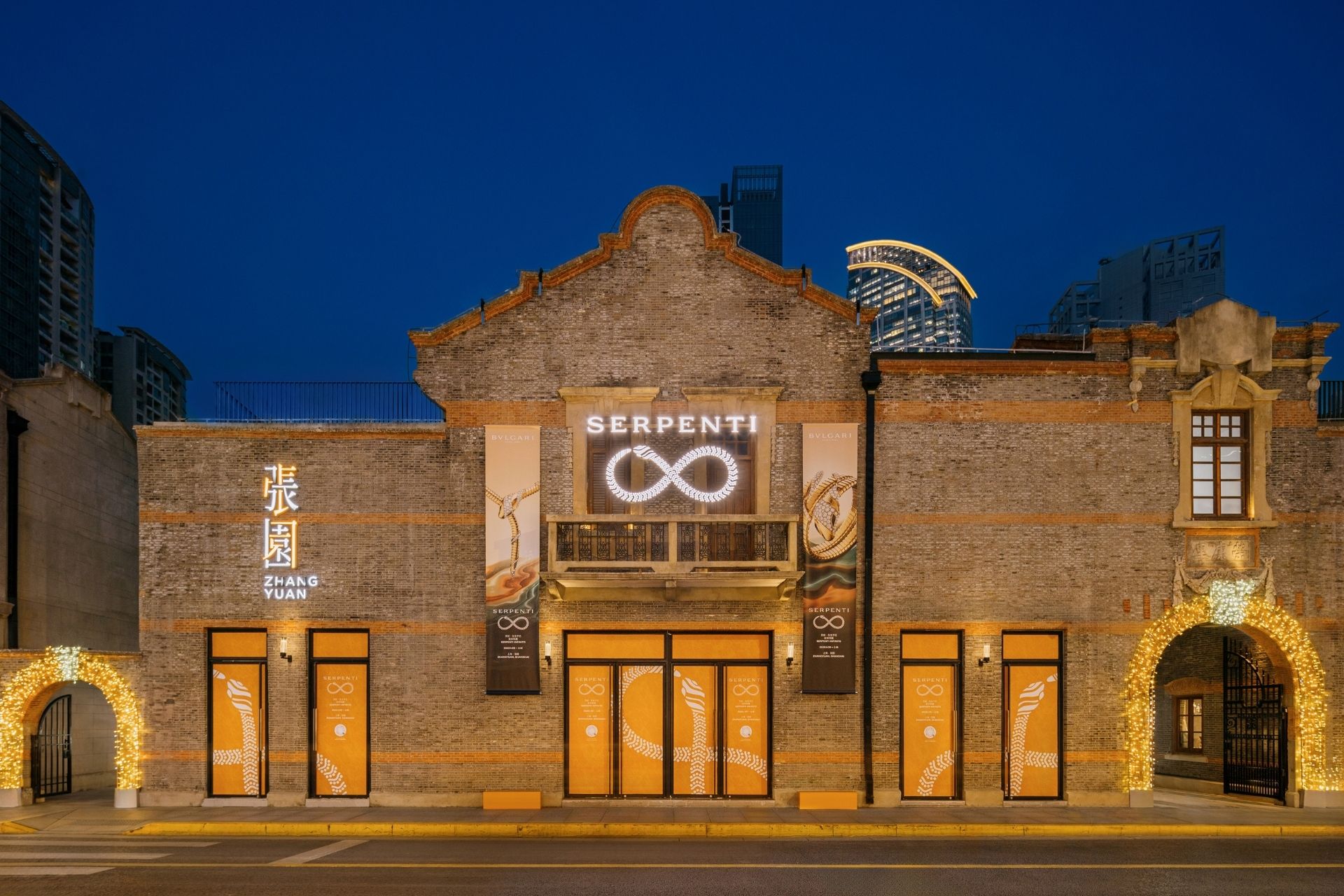
If not, how can you be sure your content aligns with the factors that really matter to audiences?
Marketers know they need to put consumers back at the heart of campaigns—not only because they’ve seen how consumer centricity can boost profits, but also due to the new standards set by people-focused market disruptors. Brands today must go customer first, or go bust.
But achieving this goal isn’t easy. Adding value to the consumer experience requires deep understanding, and there is often a large gulf between audience and marketer perspective. For a perfect example see Kantar’s recent gender representation study, which found 83% of marketers feel their advertising successfully avoids stereotypes, and 63% of consumers disagree.
Clearly, marketers need to get back in sync with consumers. Key to this is ensuring content aligns with the factors that actually matter to audiences. So how can this be achieved?

Image: Masslive Media
1. Make Ads Fit Their Context
Audiences expect digital content—including ads—to seamlessly align with their varied surroundings, but they are often disappointed; and nowhere more so than on mobile. With smartphone adoption set to hit two billion this year, the APAC region is certainly mobile first, yet it also has one of highest rates of mobile blocking globally; 38%. Among the top reasons for blocking ads are that they are intrusive, frequent and slow, and too big for the screens they are being viewed on. In short, mobile advertising experiences are missing the mark.
So, there is a need for ads to be more contextually—and specifically mobile—appropriate. At a basic level, this means no screen-dominating, data-draining formats: such as pop-ups, interstitials, and large banners. But at a more advanced level, it requires a content strategy built around the way consumers use their devices. Statistics show apps and social media make up a sizeable portion of mobile engagement; both channels where fast scrolling is rife and even standard display ads could cause significant disruption. This means marketers must curate content carefully; selecting ad types that feel like a natural part of their environment. For instance, this might include integrated in-feed units, targeted paid search, or custom editorial-style native ads that allow consumers to choose whether they click, or not
Join Luxury Society to have more articles like this delivered directly to your inbox
2. Create Trust
Data privacy remains a hot button issue. In the wake of multiple high-profile breaches and new regulations—Europe’s GDPR, Singapore’s protection act, and India’s data bill to name a few—consumers are more conscious of how their data is used and keen to keep it safe. In fact, last year saw 44% of consumers take steps to reduce their data footprint by clearing cookies and denying access. For marketers, the effects of this increase in sensitivity are varied. There is the obvious reduction in availability; with more individuals opting out, data pools relied on for driving segmentation and targeting are getting smaller. But the parameters of trust have also shifted. Brands are now judged not only on their ability to deliver engaging experiences, but also the way they handle data; studies indicate data misuse has become the leading cause of distrust for 64% of consumers globally, while a further 69% rate brand trust as the most important factor when considering sharing their personal data in Australia alone.
This leaves marketers with two core options for maximizing content impact. When data is available, they must ensure it is used well—which means watertight security measures and a clear value exchange. Messages must harness individual details to provide real benefits, such as helpful nearby services as used by Waze or discounts tailored to their current position in the path to purchase. If insight is sparse, marketers should aim to maintain relevance by mirroring the subject matter, look and feel of the content ads appear beside. By closely aligning ads with the topics and trends consumers are already interested in, brands have a greater chance of gaining attention, a reputation for good data practice, and data consent.
3. No Irritating Formats
Consumers have lost patience with generic advertising that puts revenue above resonance. This isn’t a new revelation but it’s one that the industry hasn’t accommodated yet. Among the global causes of ad blocker usage, consumers cite the weariness of still seeing numerous irrelevant ads (48%) and irritation with formats that disrupt, such as pre-roll video (28%). As a result, marketers need to overhaul their creative approach. Instead of solely focusing on ad types that fuel the greatest returns, they must consider what works for consumers. Of course, preferences vary, but this will typically be content that sits un-obtrusively alongside articles or feeds, and tells its own story; such as Land Rover’s original Dragon Challenge.
Ultimately, bringing genuine value to the consumer’s digital experience means taking action on the maxim and truly putting them first. Ad formats should be dictated by context and activity; no 30-second mid-roll in short form video, mobile screen takeovers, and definitely no cookie-cutter messages. And when consumer trust is not yet won, balancing data privacy respect with relevance by affiliating ads with the content consumers really want to view.
Article originally published on Campaign Asia-Pacific. Republished with permission.










